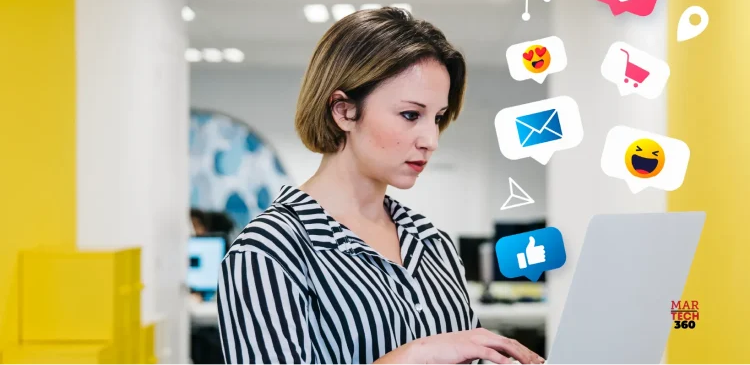Artificial intelligence (AI) has become an essential tool for marketers. It's everywhere, no longer just a trend—its usage is becoming standard practice.
A staggering 99% of marketers use AI daily, and 91% incorporate it into their routine tasks. This includes advertising, where tech giants like Meta, Coca-Cola, Amazon, and Google utilize AI to create ads that better serve their audiences. Does this mean advertisers are becoming obsolete? How can businesses leverage AI to boost leads? And what does the future hold? This article addresses these questions and more.
What is AI in Advertising?
AI in advertising involves using advanced algorithms and machine learning to enhance the effectiveness and efficiency of ad campaigns. These technologies analyze large datasets to understand consumer behavior, optimize ad placements, and personalize marketing messages, making them indispensable for advertisers. Around 88% of marketers believe AI helps them meet customer expectations and stay competitive.
AI not only optimizes ads but also improves lead conversion. For example, 26% of marketers using AI chatbots in campaigns report a 10-20% increase in leads.
How is AI Used in Advertising?
Personalized Advertising: Netflix uses AI for personalized advertising by analyzing user behavior and preferences. This allows Netflix to recommend shows and movies tailored to individual users, enhancing engagement. Thumbnails and promotional content are customized based on viewing habits, increasing clicks and views.
Dynamic Creative Optimization: Coca-Cola employs AI for dynamic creative optimization. AI algorithms automatically generate and test various ad creatives in real-time. The "Create Real Magic" campaign, for example, used an AI platform to analyze ad performance and optimize campaigns for different audience segments, improving engagement and message resonance.
Predictive Analytics: Amazon leverages AI-driven predictive analytics to refine its advertising strategies. By analyzing consumer data, Amazon predicts which products users are likely to purchase, serving targeted ads to increase conversion rates. The Fit Insights Tool, launched in 2024, uses a large language model to analyze customer feedback and improve product listings, reducing returns and enhancing satisfaction.
Chatbots and Customer Engagement: Sephora's AI-powered chatbots, like the Sephora Virtual Artist, allow users to try makeup virtually and receive personalized product recommendations. This interactive experience drives sales and collects data to refine future ads. Additionally, 43% of marketers believe chatbots improve customer education.
Programmatic Advertising: Procter & Gamble (P&G) uses AI in programmatic advertising to optimize ad spend. AI algorithms analyze real-time data to make informed decisions about ad placement, targeting specific demographics more effectively. This has significantly improved ROI by automating and optimizing digital advertising efforts.
How Does AI Target Ads?
- Data Collection: AI gathers data from browsing history, social media activity, purchase history, and demographic information.
- Audience Segmentation: It segments audiences based on shared characteristics like interests and behaviors.
- Predictive Analysis: AI predicts which ads will resonate with specific segments, optimizing ad placement.
- Real-time Adjustment: AI continuously updates targeting strategies with new data.
- Contextual Targeting: AI serves ads relevant to the content being viewed, increasing engagement.
This process enhances ad targeting precision, improving performance and ROI.
The Future of AI in Advertising
The future of AI in advertising is promising. However, relying solely on AI can lead to missed emotional connections that only human creativity can capture. For instance, Google's "Dear Sydney" ad faced criticism for lacking a human touch, underscoring the need for a balance between AI and human creativity.
Despite this, AI can significantly enhance advertising when used alongside human insight. Meta's revenue soared by 22% year-over-year in 2024 Q2, driven by a 10% increase in ad prices and a higher number of ad impressions on Facebook and Instagram.
By balancing AI's precision with human creativity, the future of advertising will thrive, leveraging AI's capabilities while maintaining the essential human element.
#digitalAdvertising #Aiadvertising #AIadtargeting





Comments